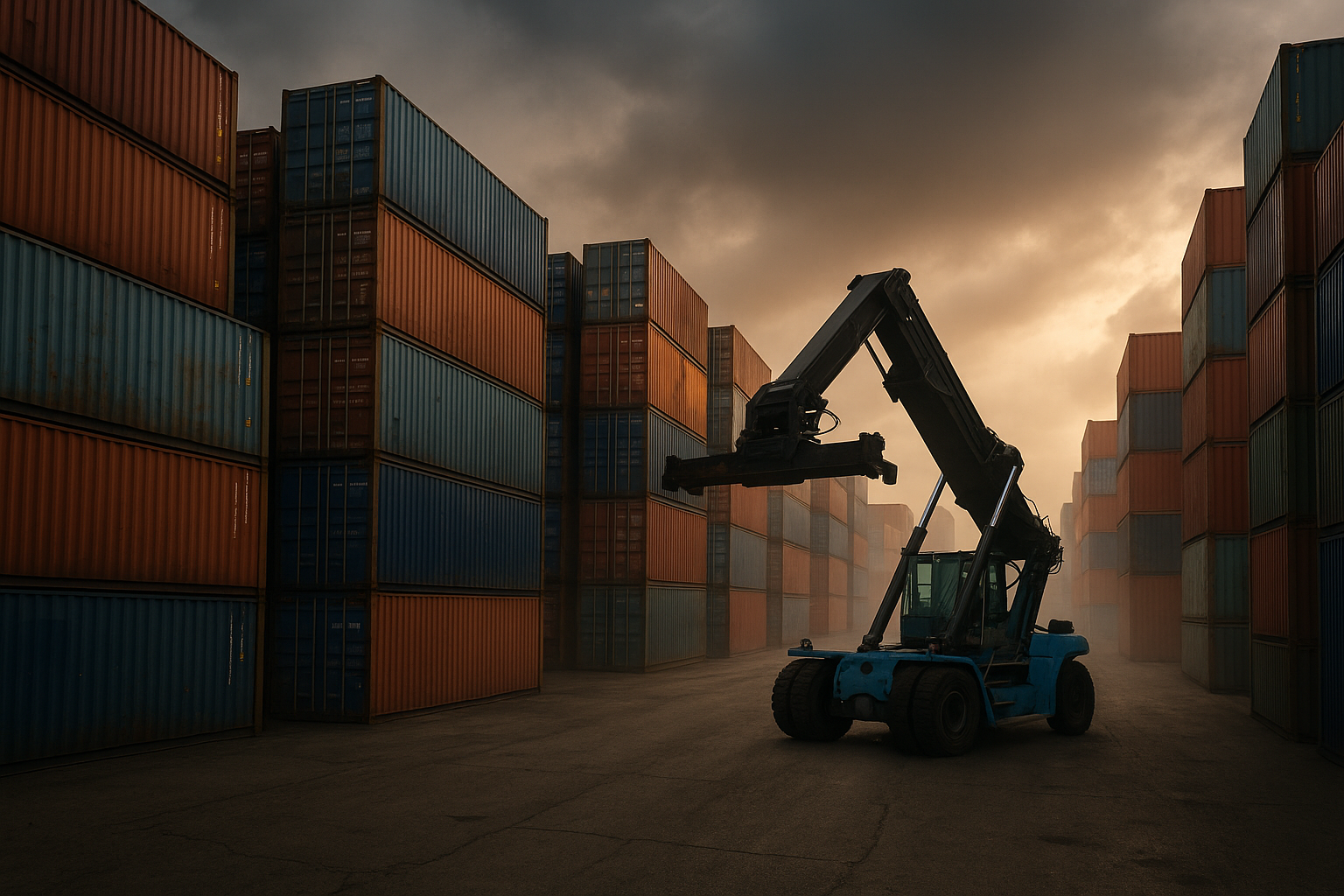The Fragile Web of Trade: How Global Value Chains Are Fueling Inflation Everywhere
The IMF and ECB study reveals that global value chain disruptions, energy shocks, and logistics bottlenecks, not just demand have become key drivers of modern inflation. It urges coordinated global action and resilient supply networks, as monetary policy alone can no longer tame these supply-driven price pressures

The IMF Working Paper "Global Value Chains and Supply-Side Drivers of Inflation (WPIEA2025224)", prepared by researchers from the International Monetary Fund's Research Department and the European Central Bank's Globalization Institute, offers an incisive exploration of how global value chain (GVC) disruptions have reshaped inflation. The study positions the post-pandemic price surge as a structural, rather than cyclical, phenomenon, one rooted in the world's deep production interlinkages. The authors argue that modern inflation cannot be understood solely through domestic demand or monetary expansion; instead, it reflects a complex web of supply shocks, logistics constraints, and import dependencies that span continents.
How Global Linkages Amplify Price Shocks
Drawing on data from over forty economies between 2000 and 2023, the paper constructs an empirical model that separates domestic from external inflation drivers. Using trade exposure and input–output linkages, the researchers find that the more integrated a nation is into global value chains, the more vulnerable it becomes to disruptions abroad. Economies dependent on imported intermediates experience stronger inflation pass-through when global supplies tighten. The analysis highlights that, prior to 2020, supply factors accounted for only about a quarter of inflation variance, but since the pandemic, their share has doubled to roughly 50 percent. Transport bottlenecks, soaring freight rates, and energy shocks, magnified by the war in Ukraine, combined to push prices sharply higher across the world.
Freight, Energy, and the Chain Reaction
The report vividly documents how global freight rates quadrupled in 2021, feeding directly into higher import and consumer prices, particularly in manufacturing-heavy economies. Energy price spikes, meanwhile, cascaded through every production layer, from petrochemicals and metals to agriculture and food processing, revealing how inflation today is largely a story of global input costs. Exchange rate pass-through has also strengthened, meaning that weaker currencies now transmit imported inflation more quickly. The authors describe this as a new era of inflation synchronization, where shocks originating in one region, such as Asia's semiconductor shortages, are almost instantly felt across North America and Europe.
Policy Lessons: Beyond Interest Rates
One of the study's most forceful arguments is that monetary policy alone cannot control supply-driven inflation. Interest rate hikes may suppress demand, but they do not unclog ports or restart idled factories. The IMF and ECB researchers call for a more holistic response that blends macroeconomic and structural tools: targeted fiscal spending to alleviate bottlenecks, investment in transport and logistics, diversification of energy sources, and global coordination to stabilize key supply channels. Their simulations show that if economies were to fragment into regional trading blocs, inflation volatility could rise by 20–30 percent, as smaller networks lack the buffer capacity of global ones. In contrast, coordinated policy measures, like joint oil reserve releases, could shave up to one percentage point off short-term inflation.
The Double-Edged Sword of Globalization
Sectoral analysis adds depth to the story. Manufacturing sectors such as electronics and automotive show the strongest inflationary responses to supply shocks, while energy-intensive industries act as powerful transmitters of cost-push pressures. Service sectors, though slower to adjust, contribute to persistence once expectations adapt. The report's visuals underscore these dynamics: one chart tracks the historic spike in global shipping costs, while another maps how disruptions ripple through intermediate goods flows. In its conclusion, the paper characterizes globalization as both an engine of efficiency and a vector of vulnerability. For decades, global production networks kept inflation low by optimizing costs, but today they have become the very channels through which crises spread.
The authors warn that a disorderly retreat from globalization, through protectionism or excessive nearshoring, could entrench higher structural inflation by raising production costs and weakening competition. Instead, they advocate for "resilient globalization": diversifying suppliers, investing in digital trade systems, and building redundancy for critical inputs like semiconductors and energy. The central message is clear: price stability now depends as much on the health of global logistics and production networks as on the policies of central banks. Inflation, once a domestic challenge, has become an international coordination problem.
- FIRST PUBLISHED IN:
- Devdiscourse
ALSO READ
-
Global value chain going through disruptive phase, says Finance Minister Nirmala Sitharaman at SBI event.
-
IMFA Expands with Strategic Acquisition of Tata Steel's Ferro Chrome Plant
-
Kenya Negotiates New IMF Deal Amid Debt Dilemma
-
IMFA's Ambitious Expansion: A Boon for India's Ferro-Chrome Industry
-
Kenya Engages with IMF for New Financial Pathways Amid Securitisation Debate









